Understanding What Causes Cylinder Wash
Posted on February 22 2021

What Causes Cylinder Wash?
The cylinders are where fuel burns and converts into power. If something happens to them, it can impact your truck's ability to start. One condition that can contribute to engine failure is fuel wash, also known as cylinder wash. A fresh coat of oil protects the cylinder walls and bearings. If that protective layer of oil washes off, it becomes susceptible to damage. Raw fuel is one thing that can wash off the cylinder's protective coat. For this reason, any unburnt fuel in the cylinders can result in fuel wash. You're left with a wet mixture of raw fuel, which washes the oil away and can cause damage to the cylinder bores, pistons, and prison rings. Understanding what causes cylinder wash and how to identify the signs are the easiest ways to prevent it. This guide will go over some of the common causes of cylinder wash and how to check for it.
What Causes Cylinder Wash?
Understanding what causes cylinder wash is key to preventing it. There's a long list of things that can cause cylinder wash, but three of the most likely culprits include fuel injectors, vacuum leaks, and rebuilt or reconditioned engines.
Leaking Fuel Injectors
This is the most common cause of cylinder wash. When your engine is off, fuel might push itself down into the cylinder from a leaky injector and gradually drip into the oil pan. At this point, you'll start experiencing a hard start and rough idling.
Vacuum Leaks
A vacuum leak can cause serious damage to your engine. When your engine has a vacuum leak, it alters the air/fuel ratio. This causes a lean condition. The exhaust oxygen sensors pick up the lean air/fuel condition, which reports it to the computer. The computer signals to the fuel system that it needs more fuel, and the fuel delivery is altered to inject more fuel. This results in an oversupply of fuel, which can result in cylinder wash and serious damage to the cylinder bores, pistons, piston rings, and engine bearings.
Rebut or Reconditioned Engine
If a professional correctly assembles your rebuilt or reconditioned engine, it should start up without issue. If the engine doesn't start after a decent amount of cranking, something is off. You should check the compression, and fuel systems. Without a spark, the fuel that's drawn into the cylinders will reach a saturation point, resulting in cylinder wash.
Ways To Check for Cylinder Wash
There are two ways you can check for fuel wash. The first involves pulling out the oil dipstick. The dipstick, which is a metal loop or grid sticking out of a metal stalk, can usually be found on top of your oil tank. To test for cylinder wash, smell the oil on the dipstick. If it smells like fuel, raw fuel is getting past the rings and contaminating the oil. You can also remove one of the spark plugs and examine it. If the plug is fouling from fuel, it should have a layer of black, sooty powder on it. It might also smell like fuel or be visibly wet.
One of the easiest ways to prevent cylinder wash is to practice good engine maintenance and to have durable, high-quality parts that are less likely to break down. To unlock the full potential for your engine, come and check out Dr. PerformanceRX's Cummins performance parts and other diesel performance parts today!
